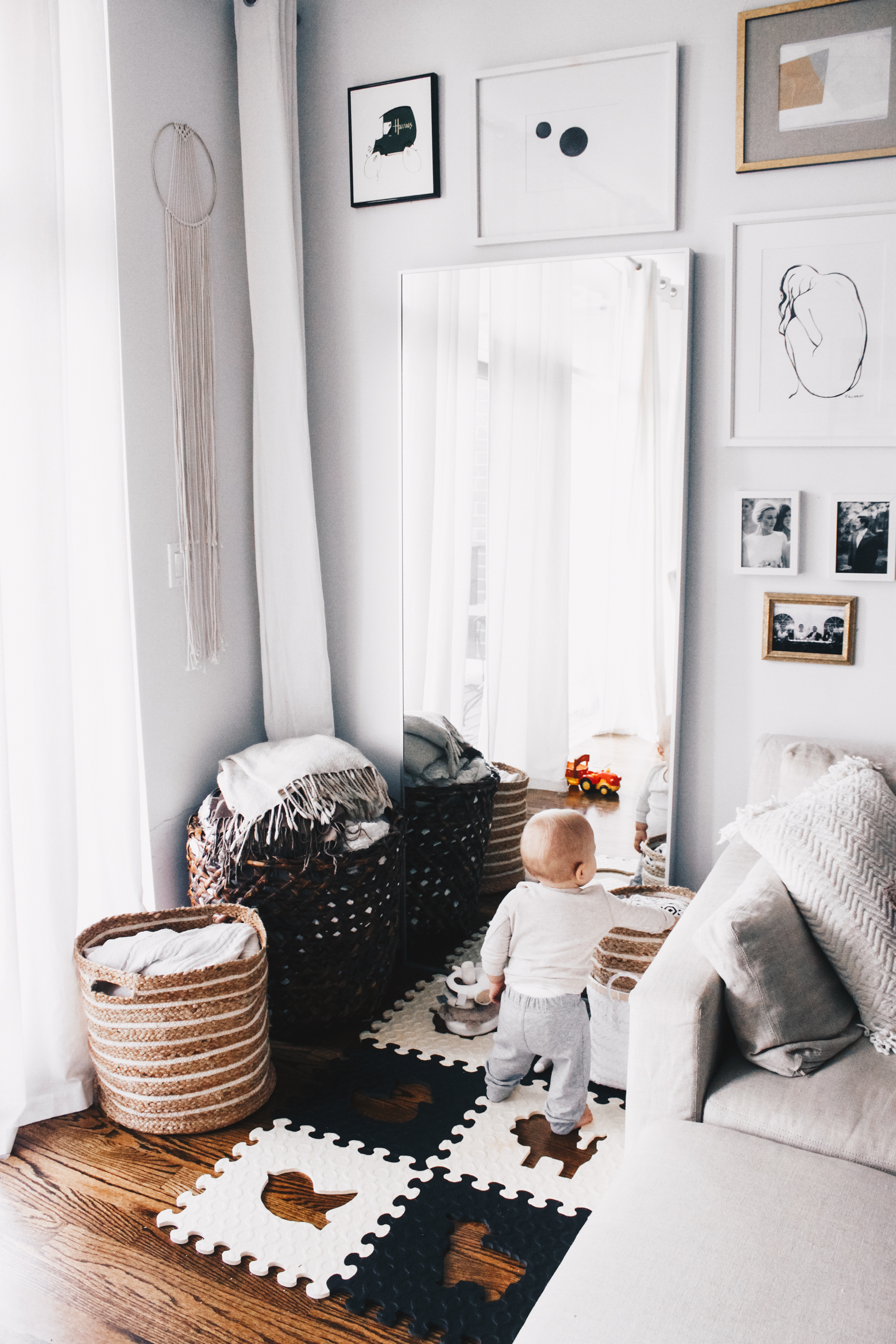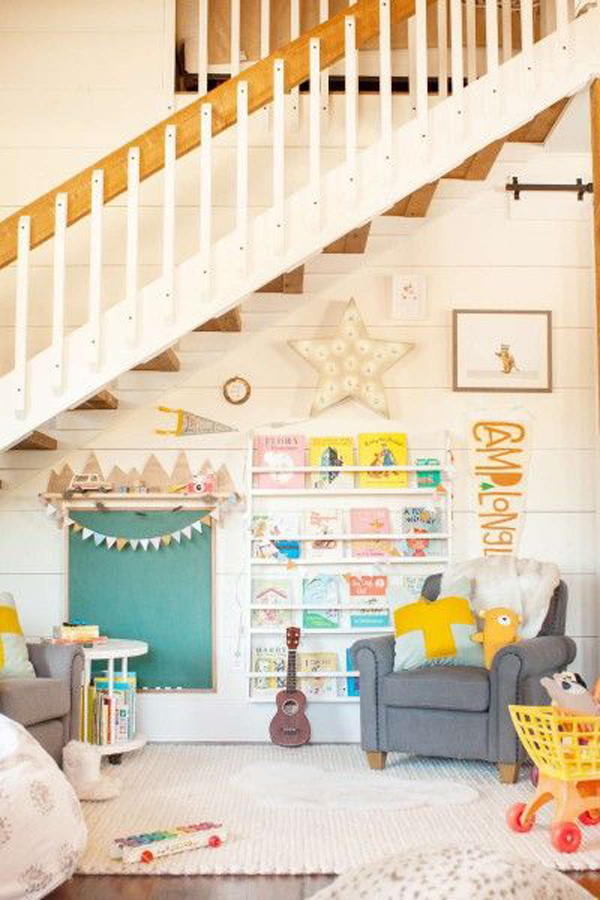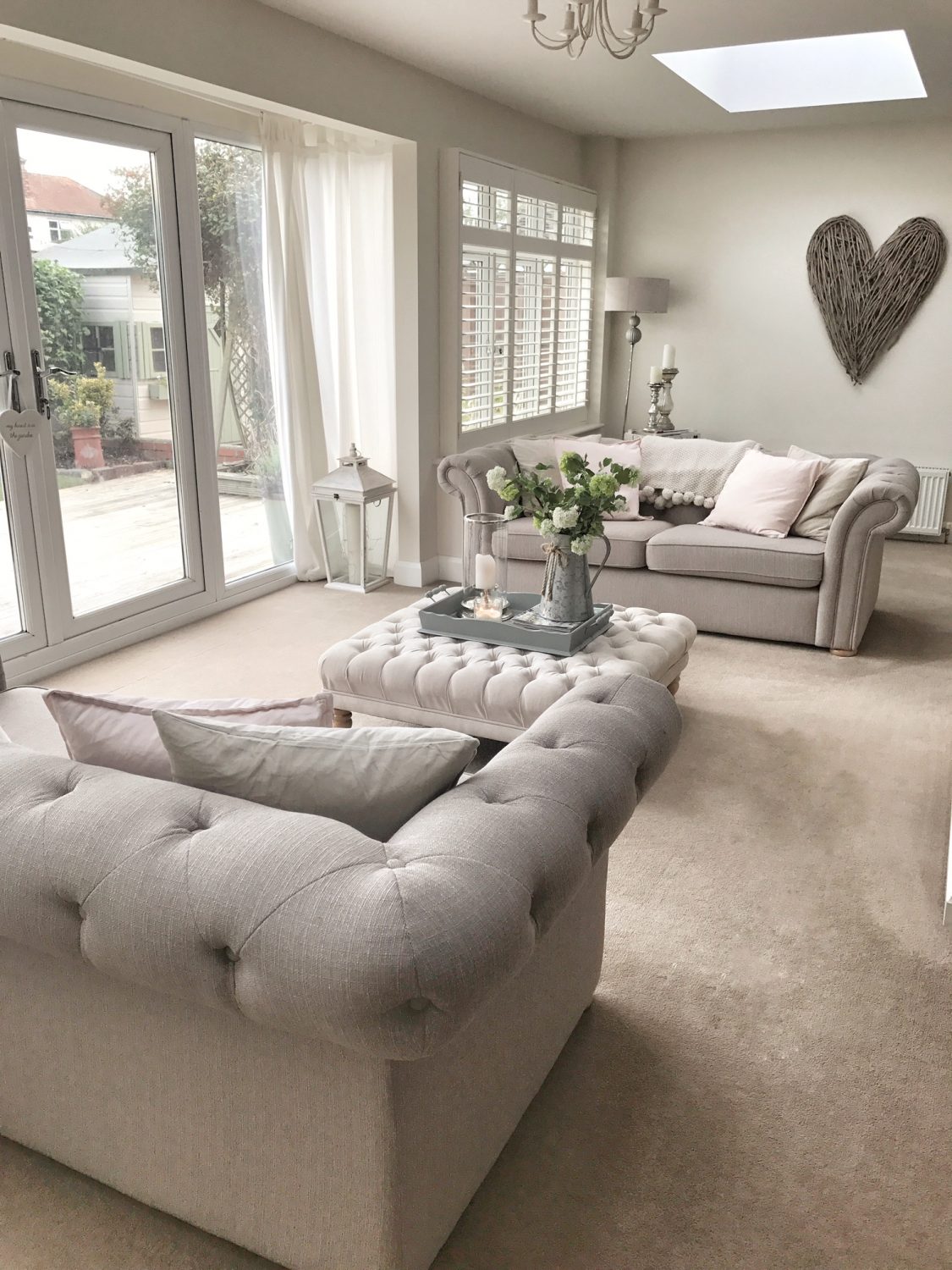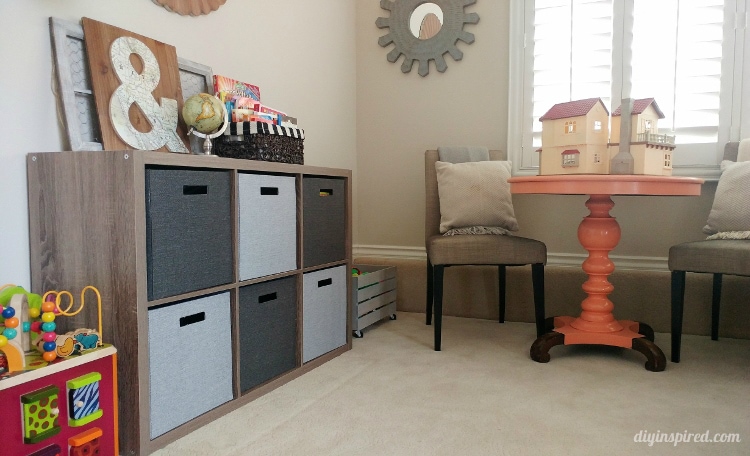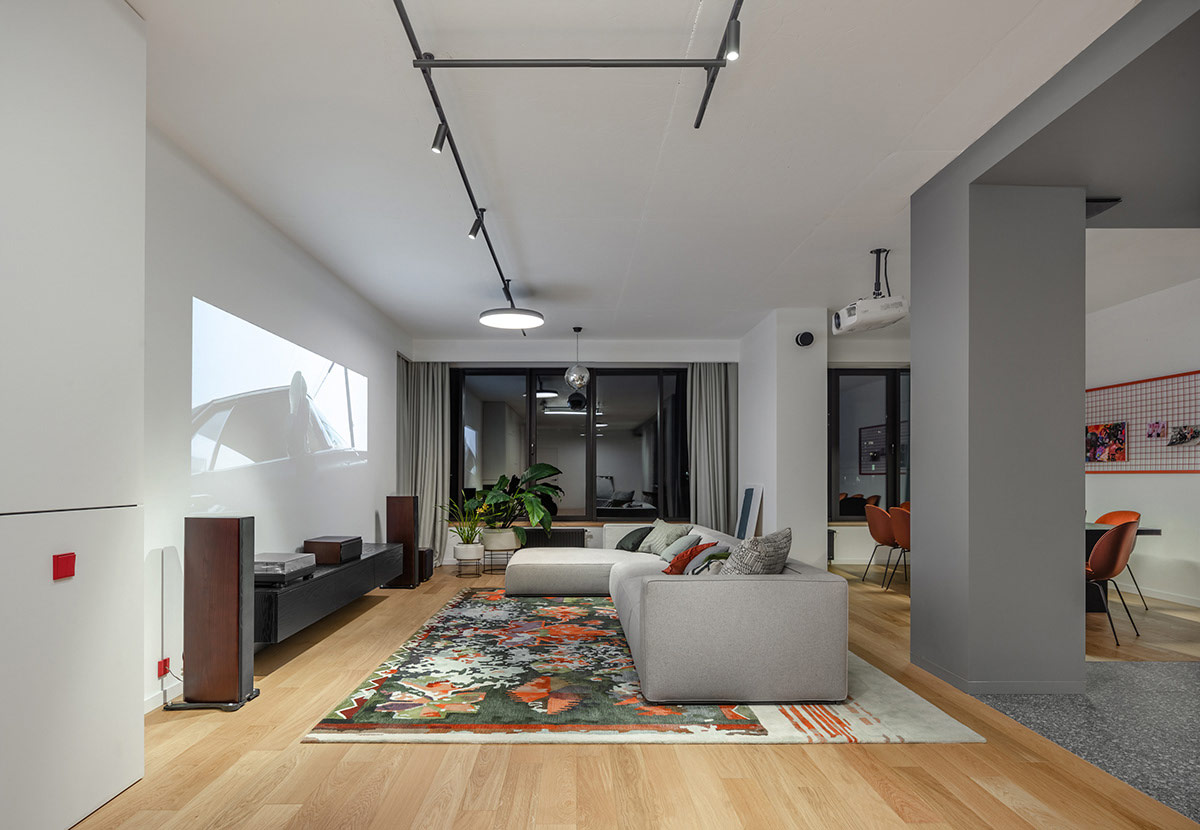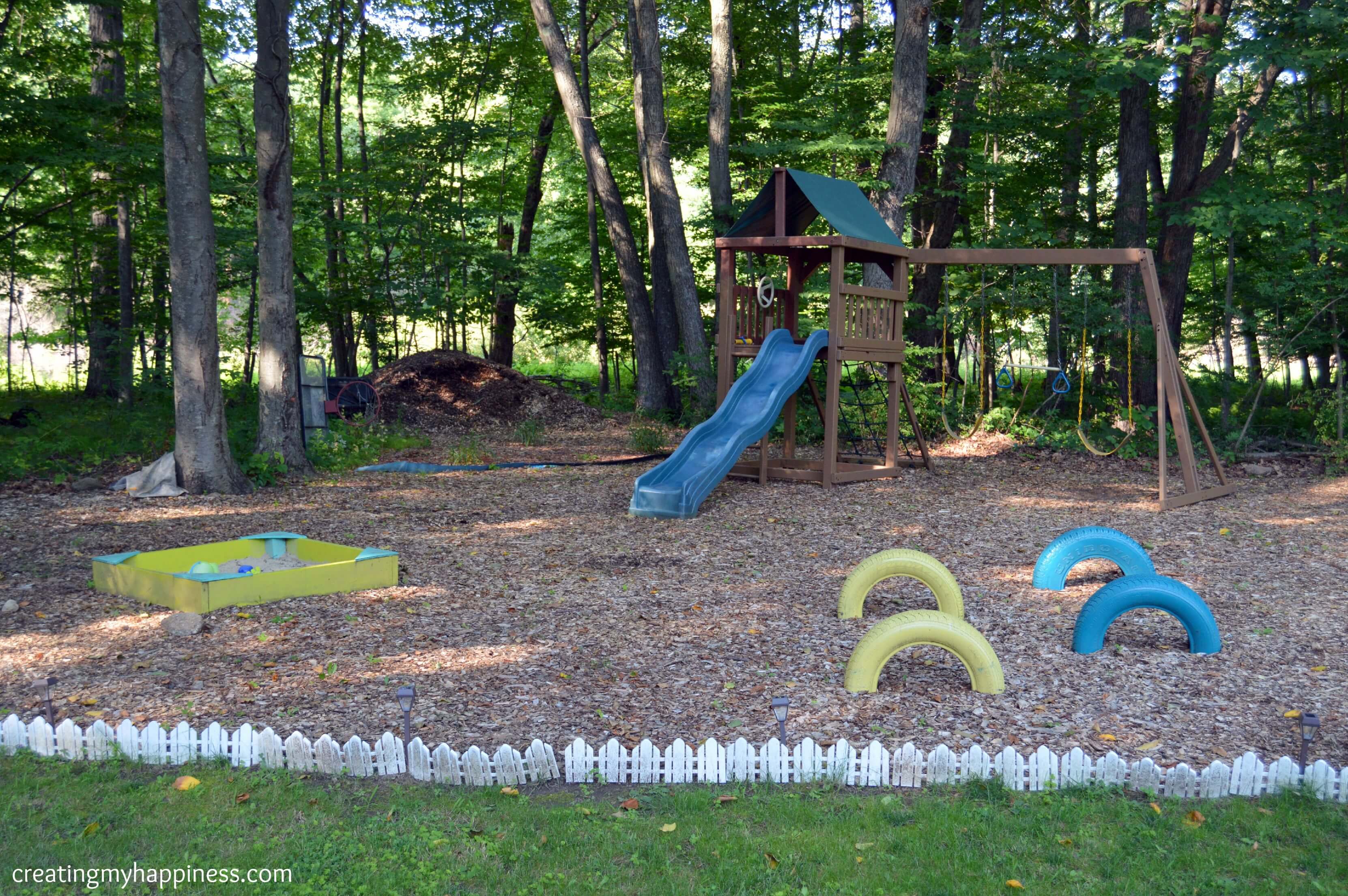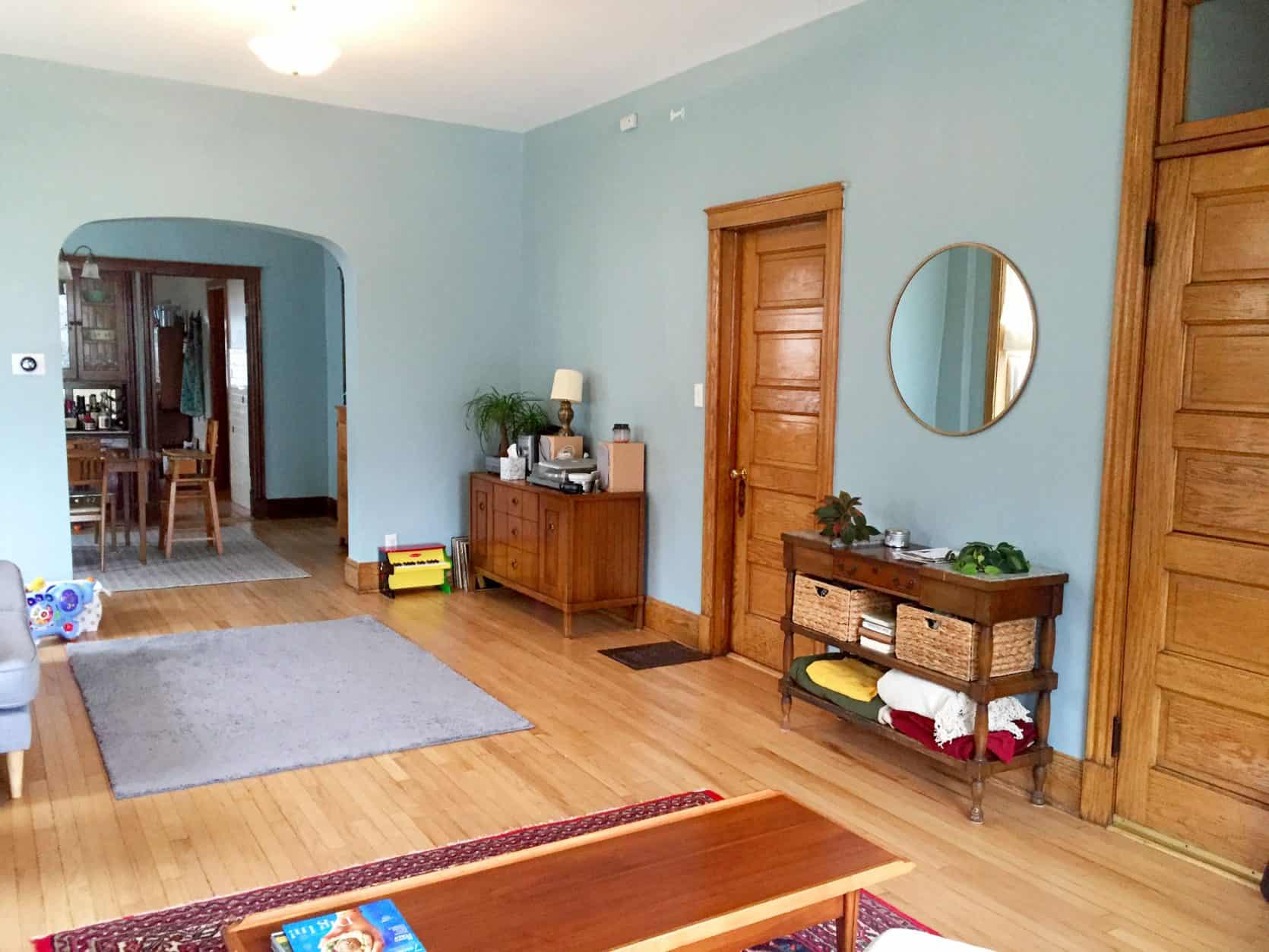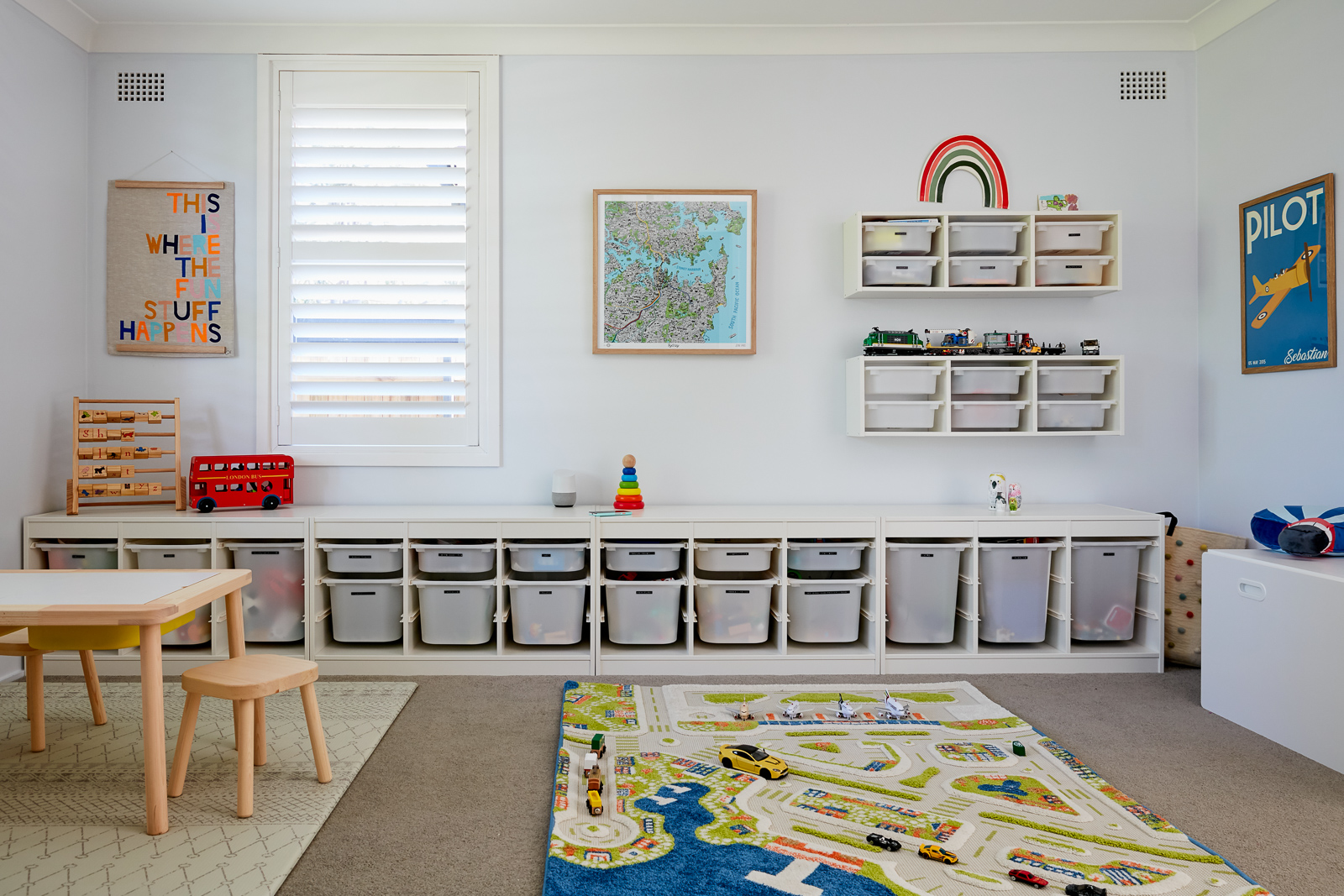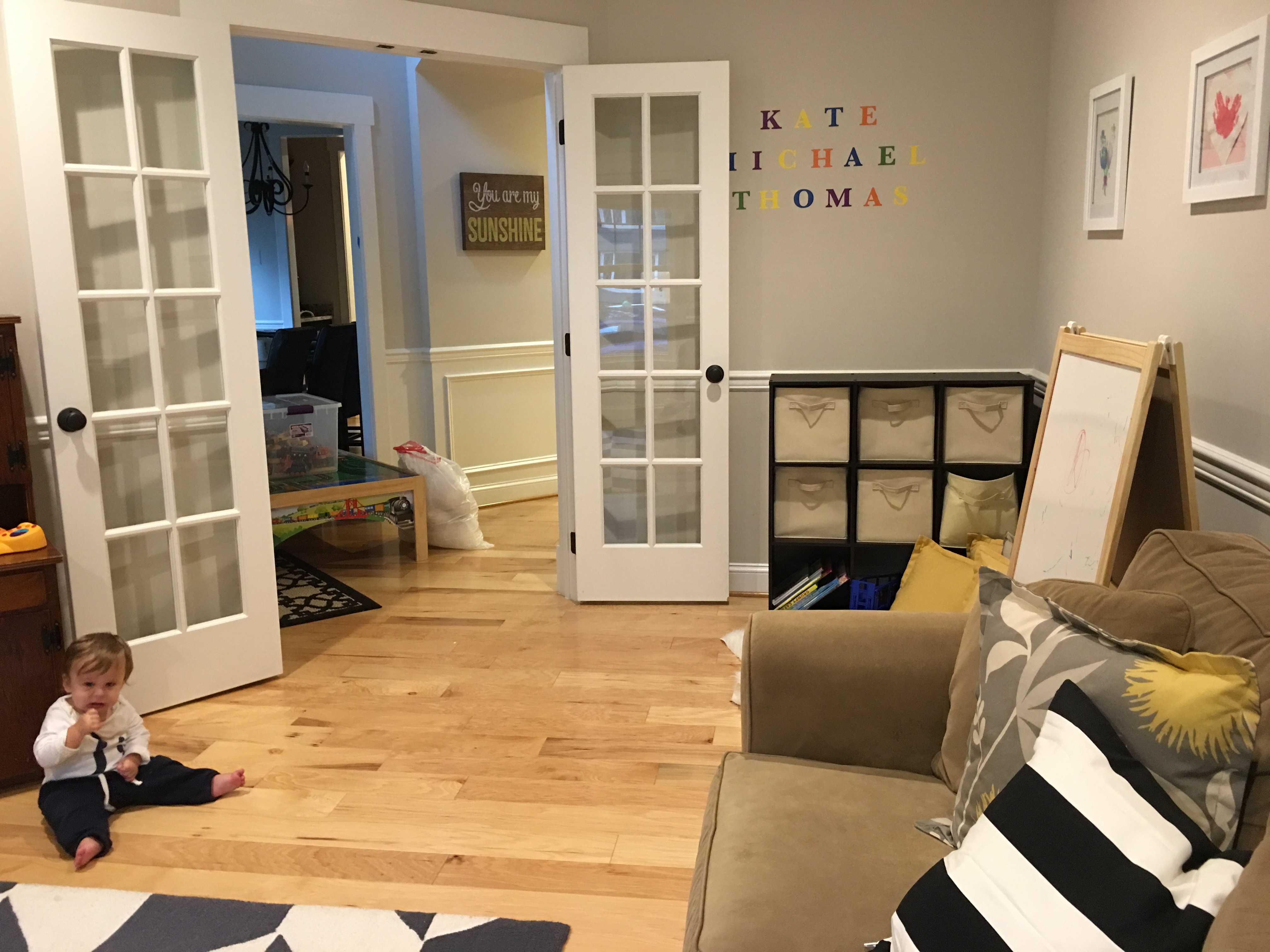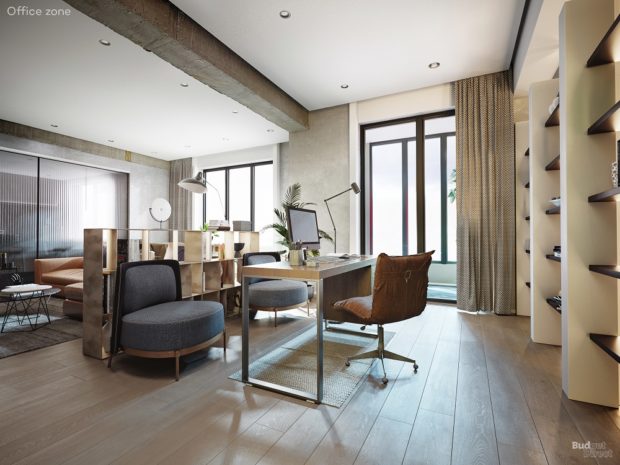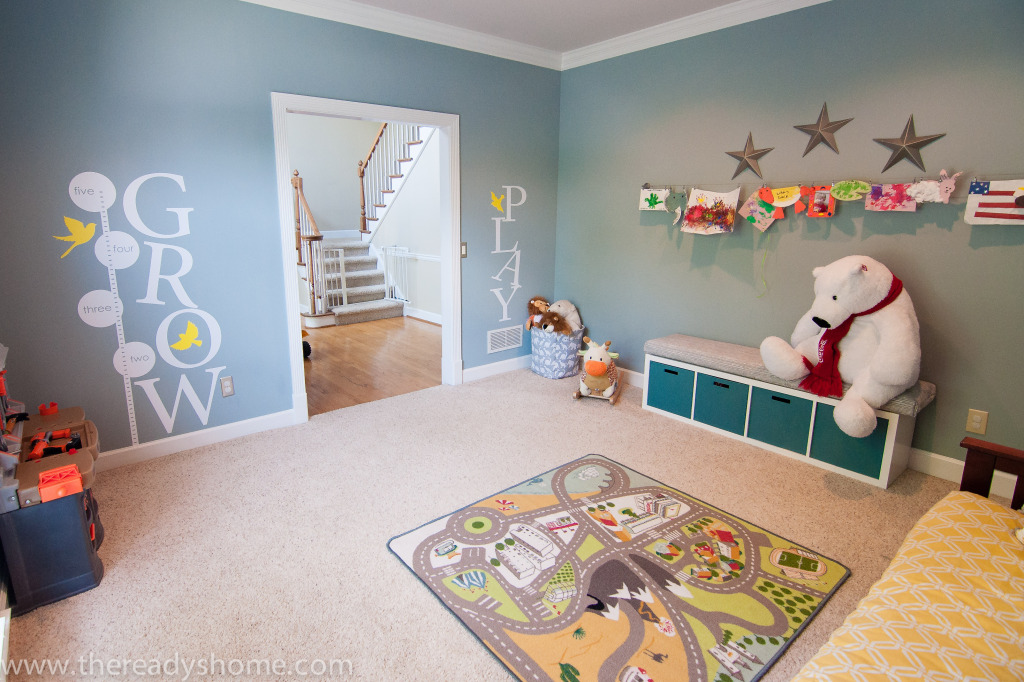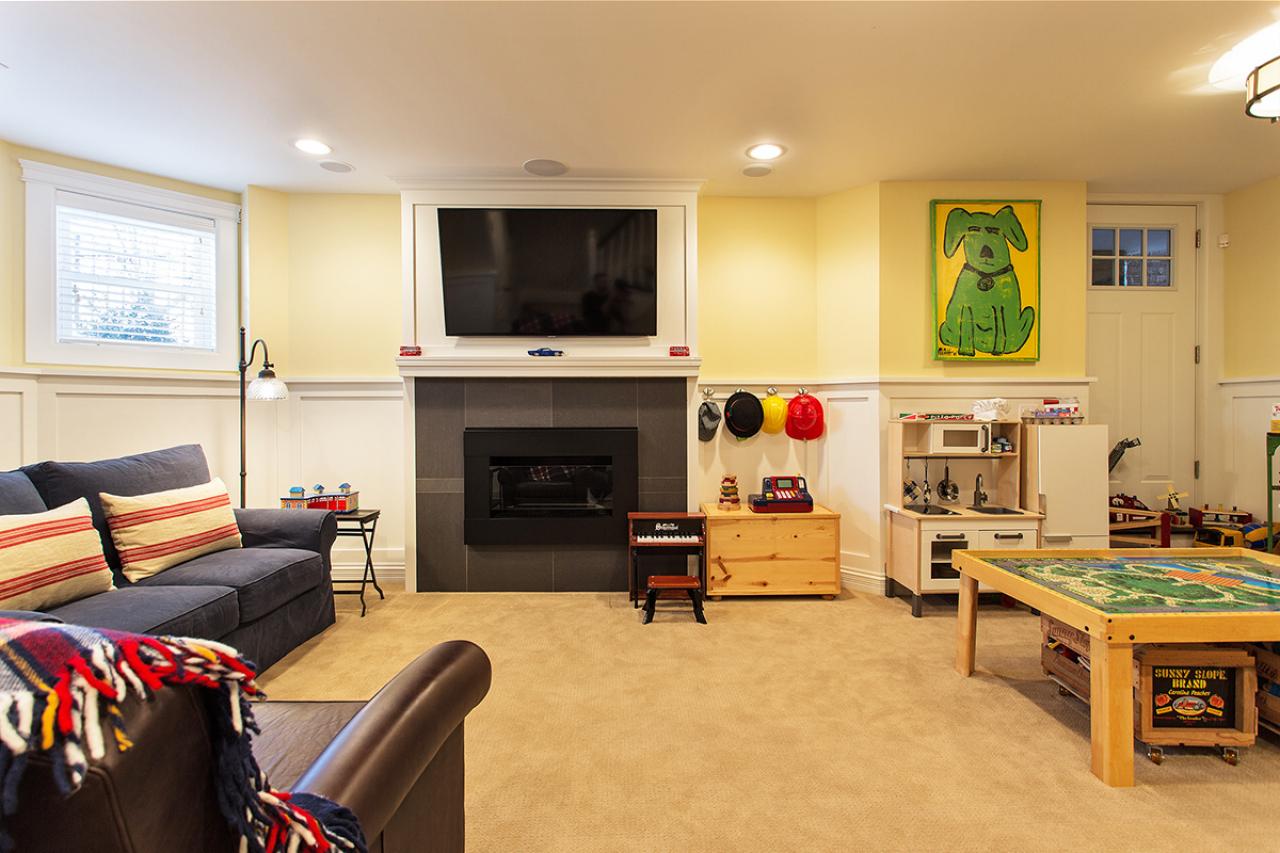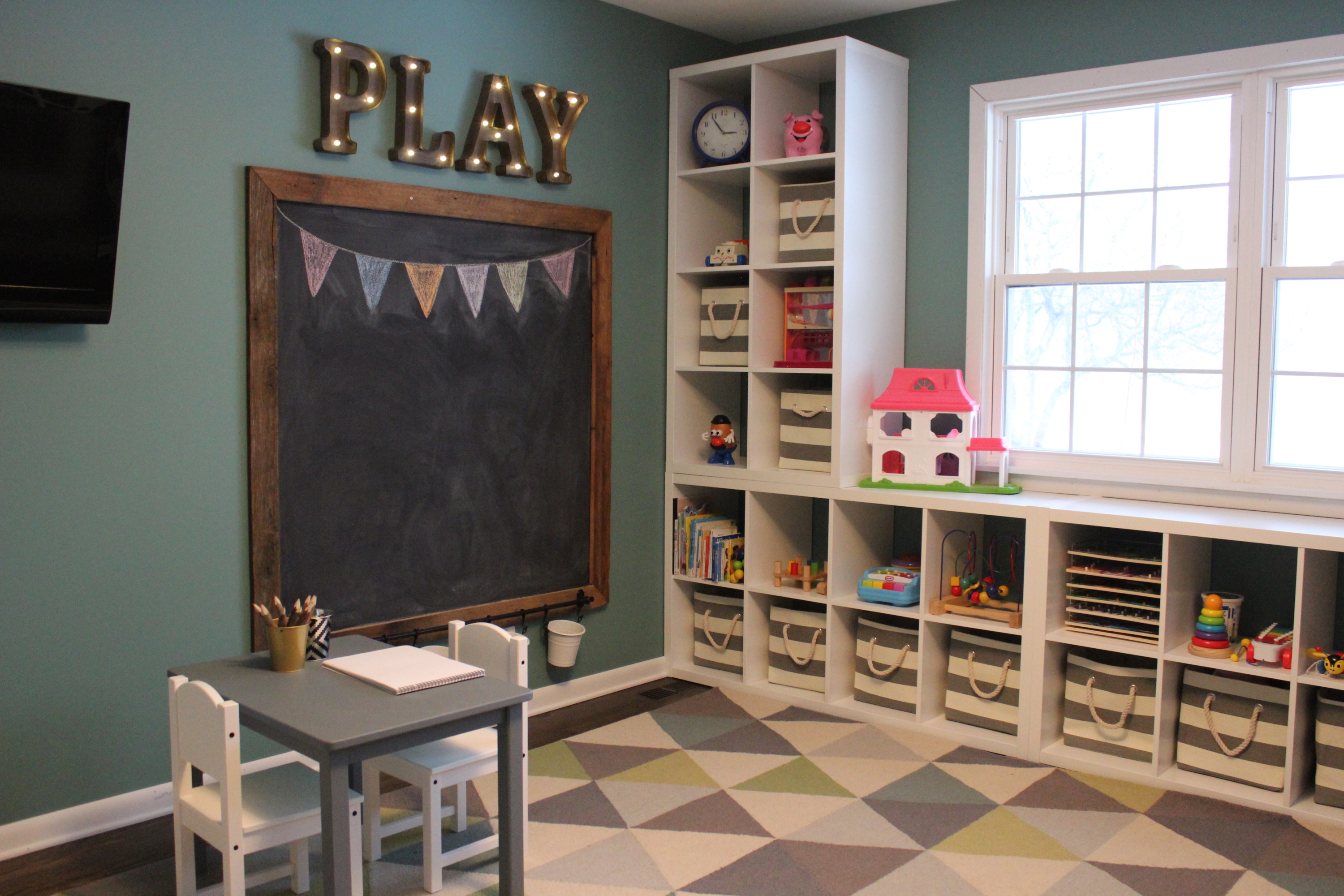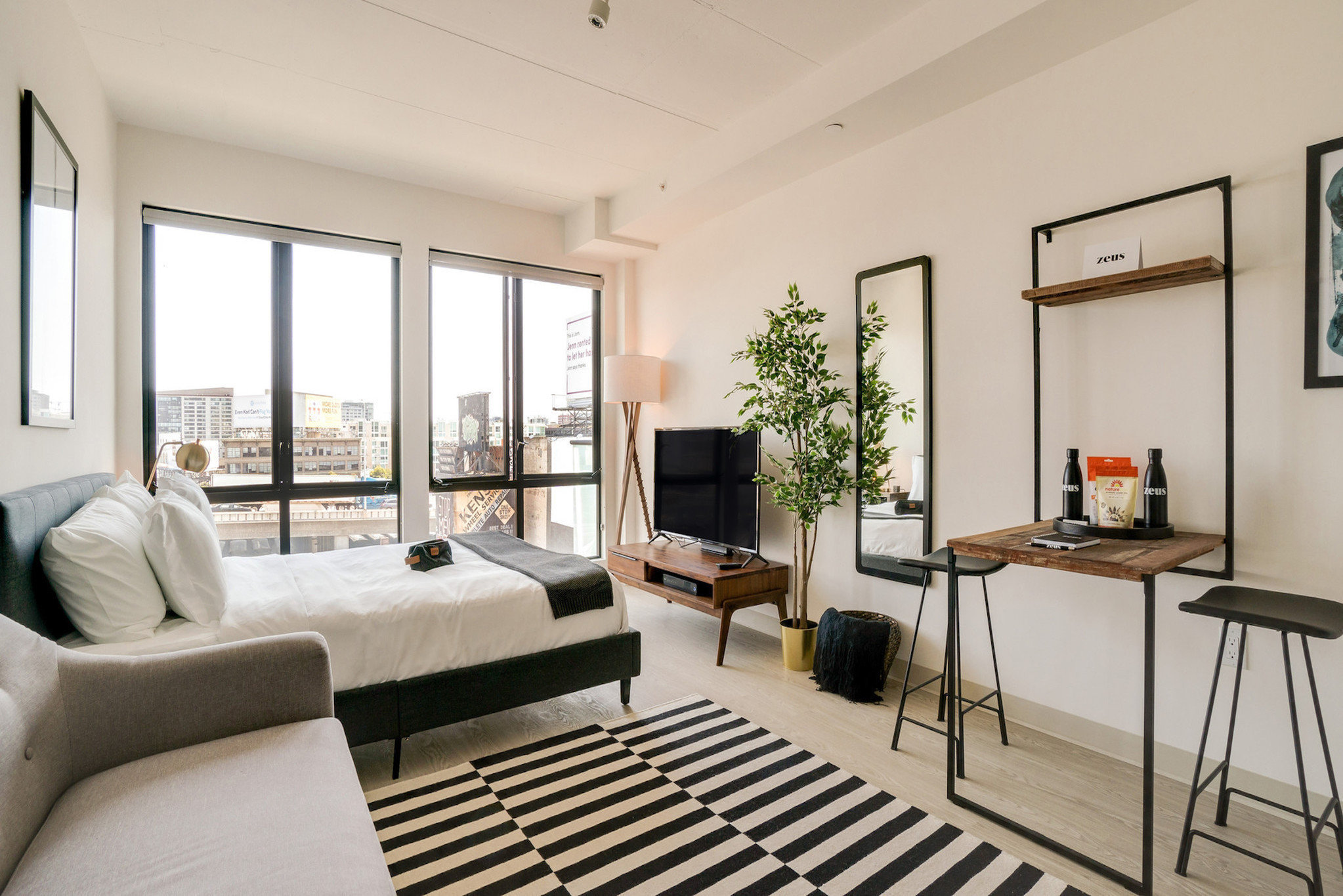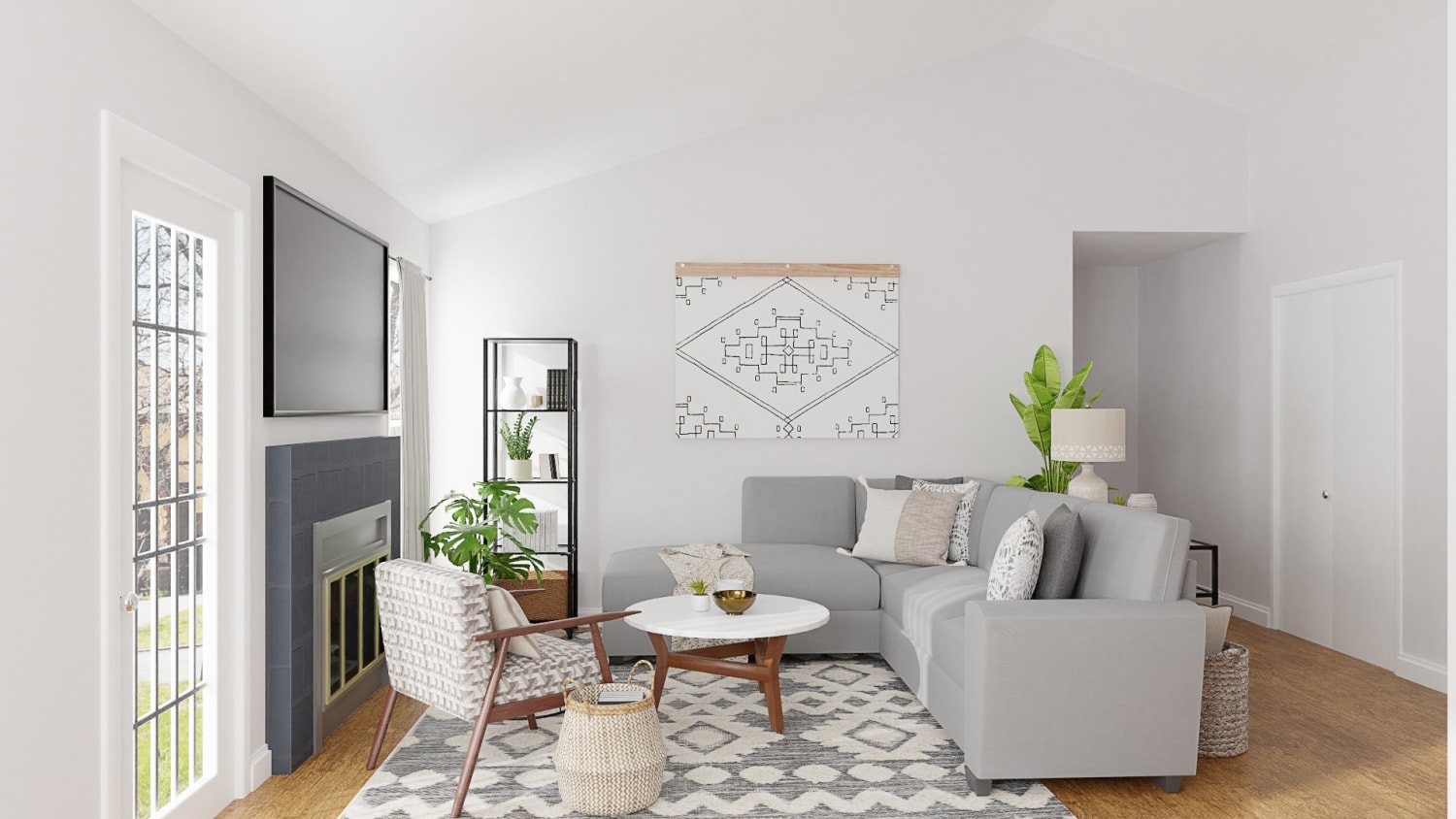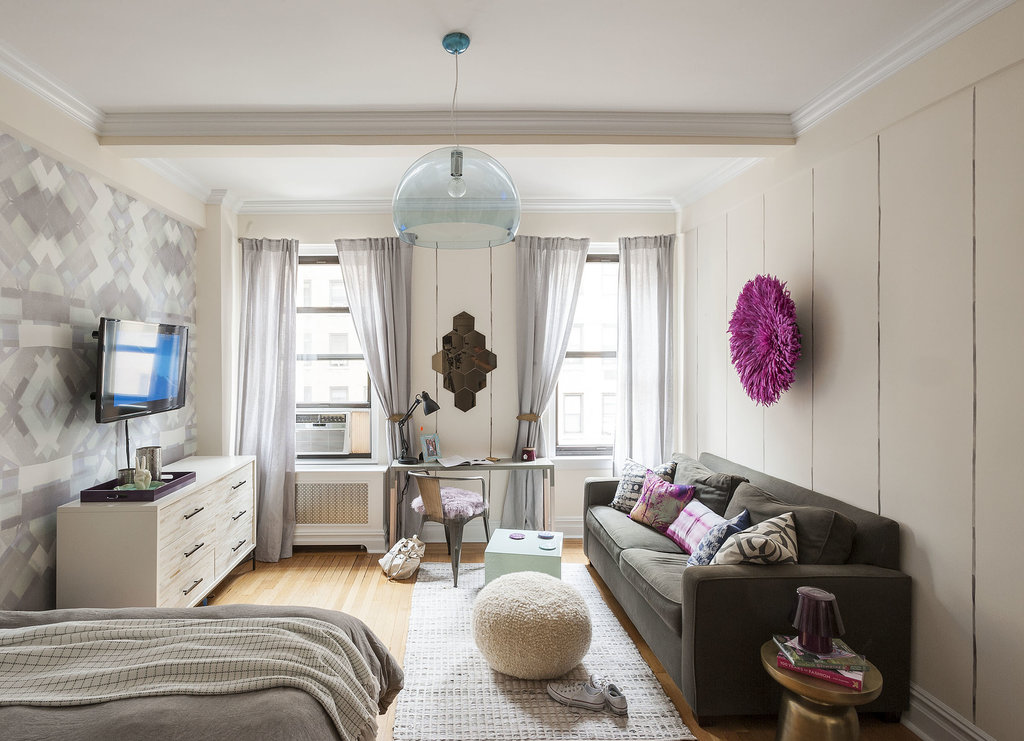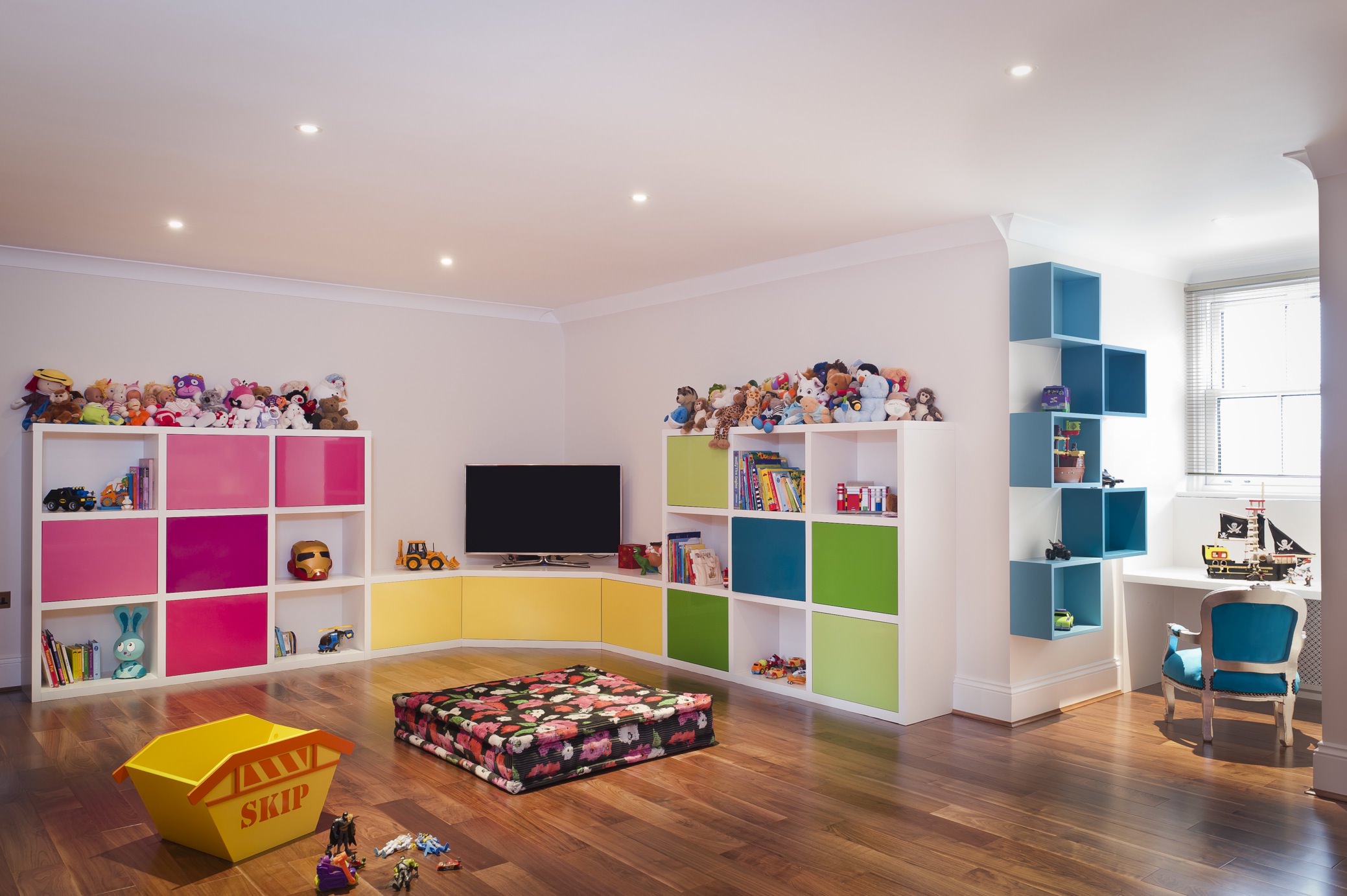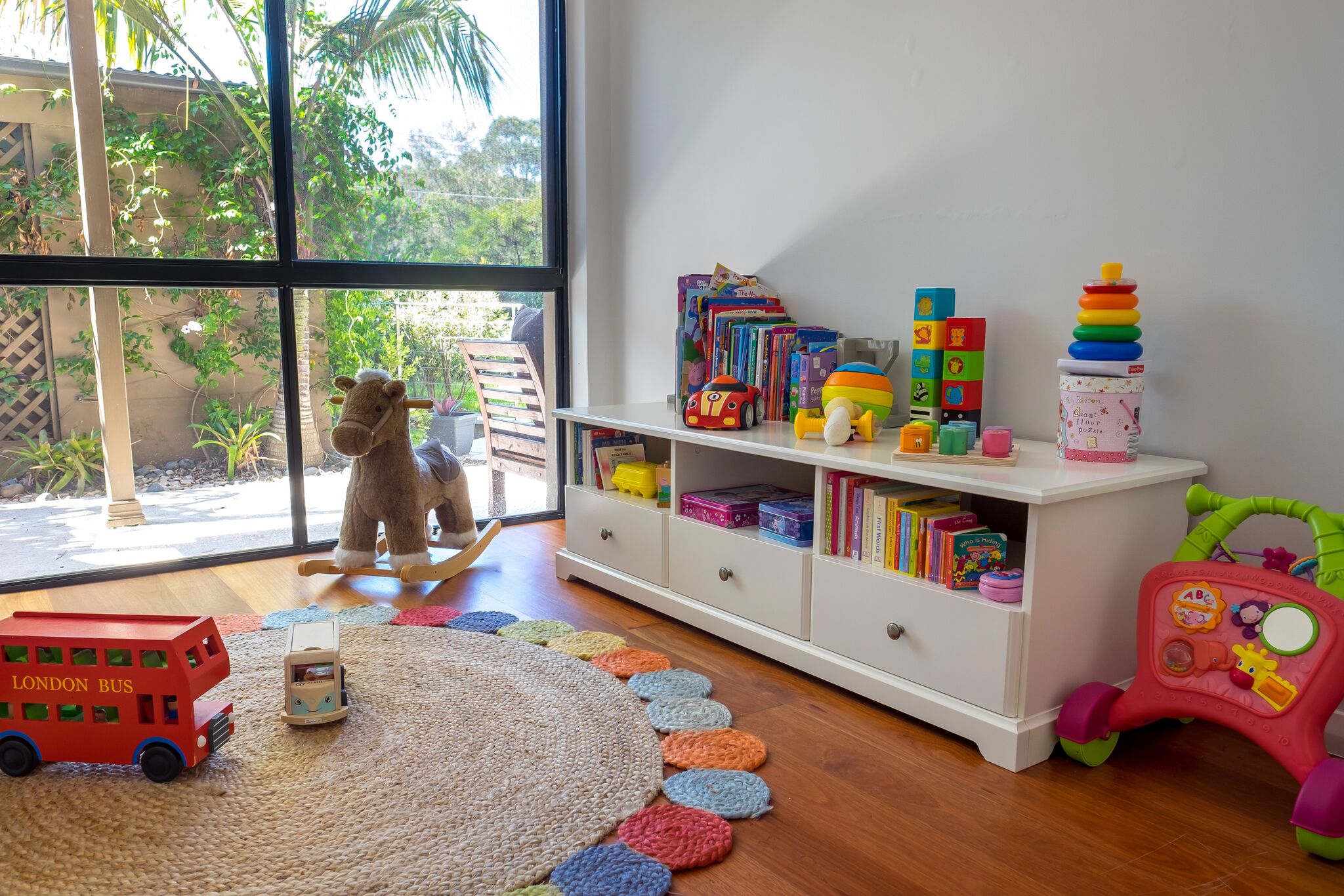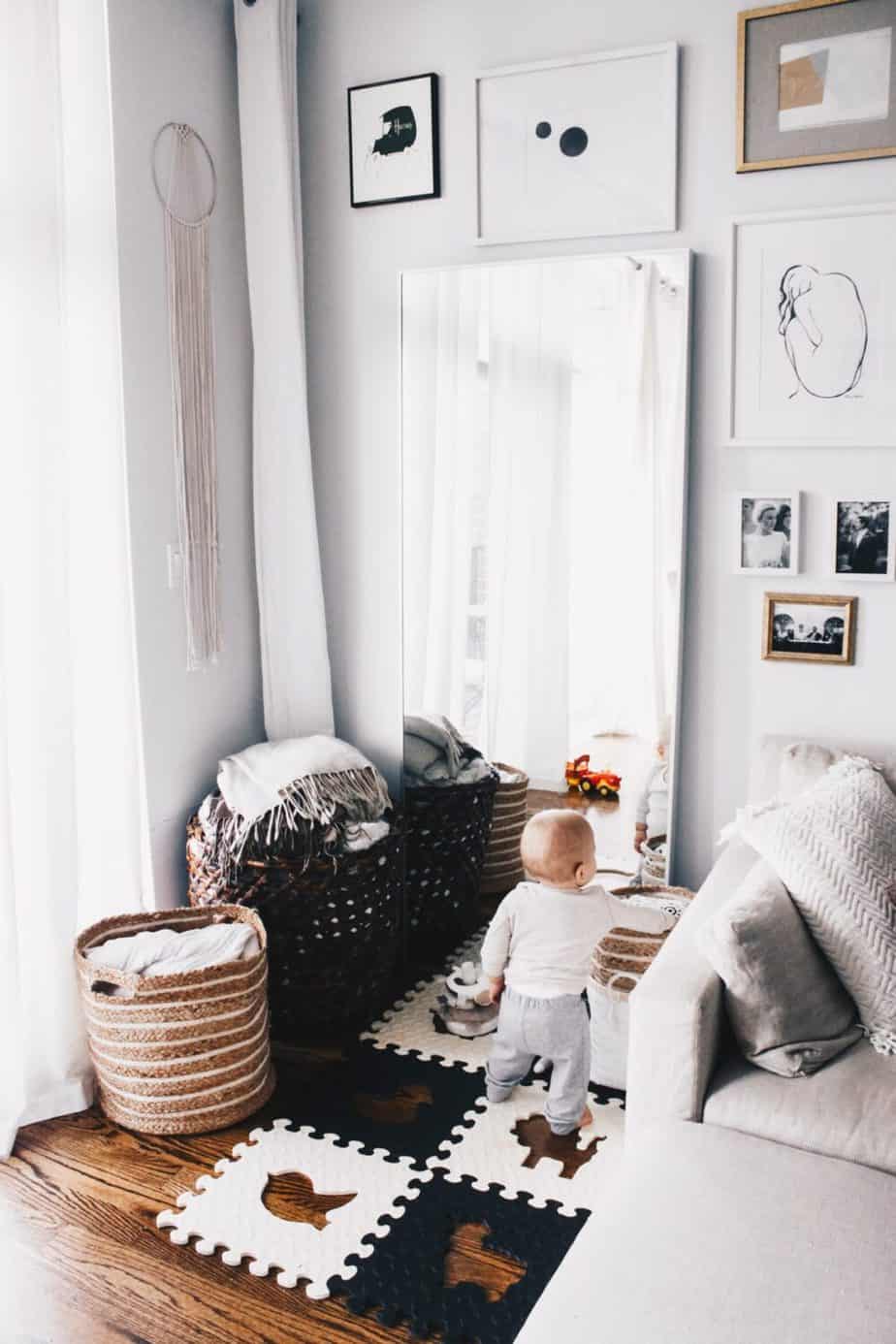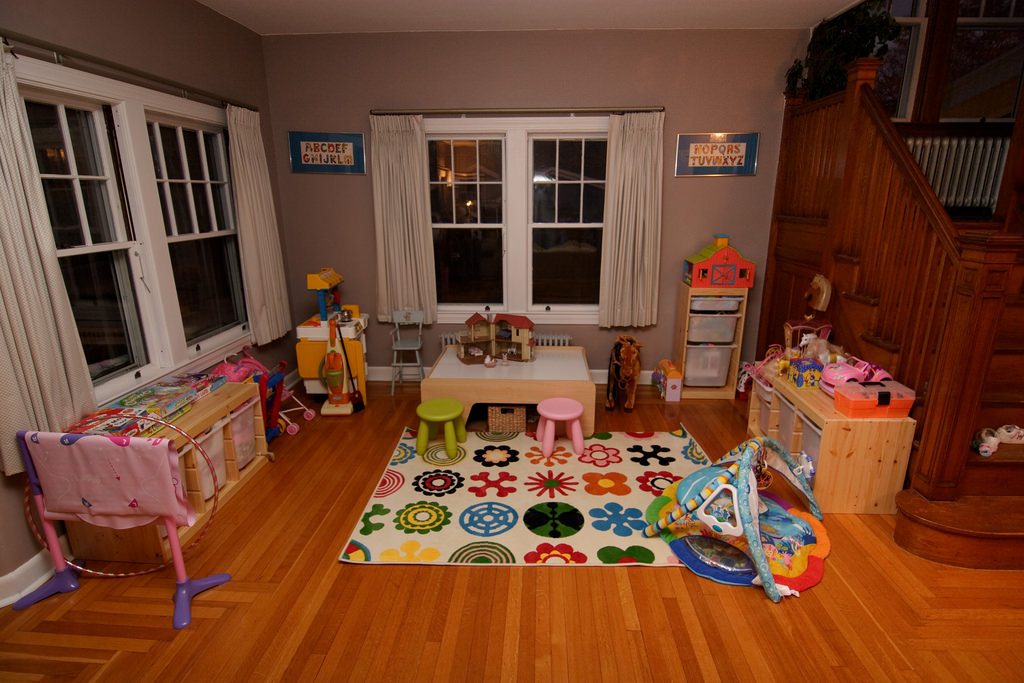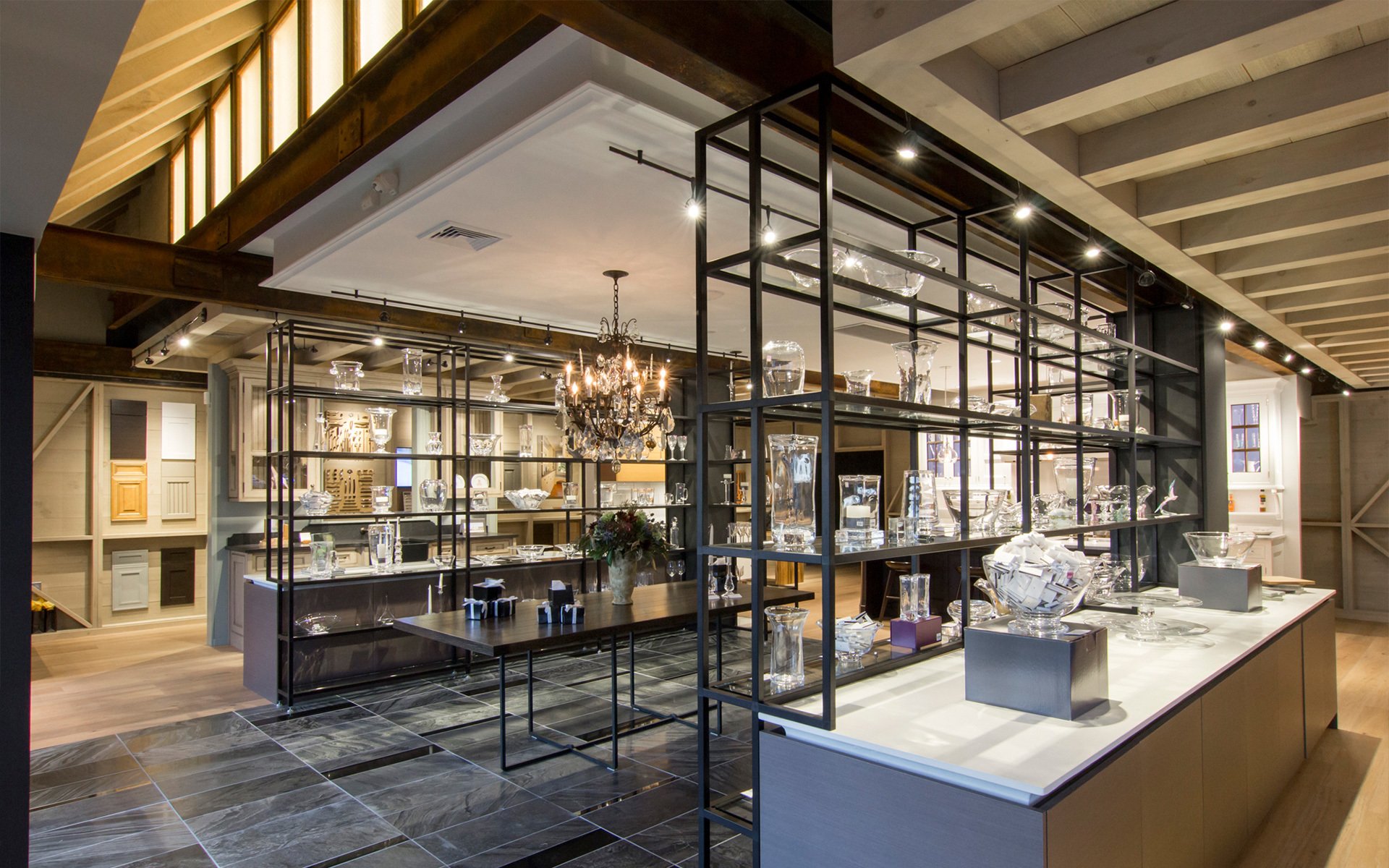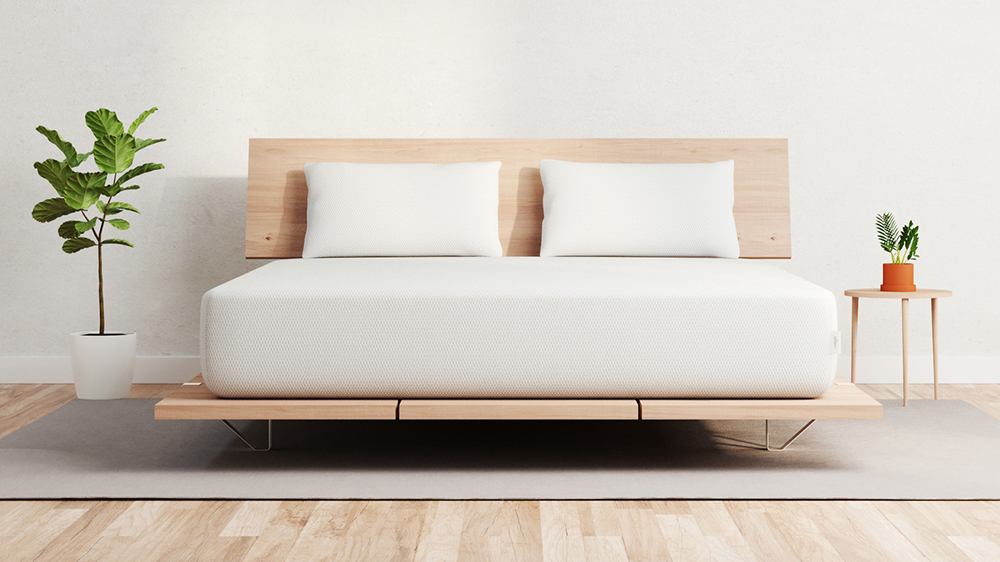If you have little ones running around, you know how important it is to have a designated play area in your home. However, if you have limited space, it can be a challenge to find a spot for your kids to play without taking over the entire house. That's where a living room play area comes in handy. With a little creativity and organization, you can create a fun and functional play space right in your living room.Living Room Play Area Ideas
The first step to creating a play area in your living room is to assess the space you have available. Look for unused corners, nooks, or underutilized areas that can be transformed into a play space. It's also important to consider the layout of your living room and how the play area will fit in with the rest of your furniture. Once you've found the perfect spot, it's time to get creative. You can use items you already have, such as a bookshelf or storage ottoman, to create a designated play area. You can also repurpose old furniture, such as a coffee table, into a play table for your kids.Creating a Play Area in Your Living Room
When designing your living room play area, it's important to keep in mind the age and interests of your children. For younger kids, consider soft play mats, a small tent or teepee, and plenty of plush toys. Older kids may enjoy a reading nook, a mini art station, or a small play kitchen. It's also important to incorporate storage solutions into your design. This will help keep the play area organized and prevent toys and games from taking over your living room. You can use baskets, bins, or shelves to keep toys and supplies neatly tucked away.How to Design a Play Area in Your Living Room
Transforming your living room into a play area doesn't mean sacrificing style. You can still maintain a cohesive and stylish look by incorporating your play area into your existing decor. Choose a color scheme that complements your living room and add fun and playful elements, such as patterned rugs or colorful throw pillows. Another option is to use furniture that can serve a dual purpose. For example, a storage ottoman can be used to store toys and also act as a coffee table. A bookshelf can also double as a play kitchen or a display for your child's artwork.Transforming Your Living Room into a Play Area
Organization is key when it comes to a living room play area. To keep things neat and tidy, make sure to have designated spots for each type of toy or activity. This will not only make clean up easier, but it will also teach your children the importance of organization. Labeling bins and shelves can also be helpful in keeping toys and games in their proper place. You can also rotate toys and activities every few weeks to keep things fresh and exciting for your kids.Living Room Play Area Organization Tips
If you're on a budget, a DIY living room play area is a great option. You can repurpose old furniture, use items you already have, or get creative with inexpensive materials. For example, you can use cardboard boxes to create a mini playhouse, or use PVC pipes to build a fun and interactive obstacle course. You can also involve your kids in the DIY process, making it a fun and bonding activity for the whole family. Plus, your kids will love playing in a space that they helped create.DIY Living Room Play Area
If you have a small living room, creating a play area may seem like an impossible task. However, with a little creativity, you can maximize the space you have and create a fun and functional play area for your kids. Using vertical space is key in a small living room. You can use wall shelves to store toys and games, or even hang a small hammock or swing for your kids to play on. You can also utilize furniture with hidden storage, such as a storage bench or ottoman.Maximizing Space for a Living Room Play Area
When it comes to furnishing your living room play area, it's important to choose pieces that are both functional and safe for your kids. Look for furniture that is sturdy and can withstand rough play. You can also opt for soft and cushioned furniture to prevent any accidents or injuries. In addition to traditional play furniture, you can also incorporate everyday furniture into your play area. For example, a small table and chairs can also double as a coloring station or a place to play with Legos.Living Room Play Area Furniture Ideas
Safety should always be a top priority when creating a play area for your kids. Make sure all furniture and toys are secure and stable. You can also use soft rugs or mats to prevent any slips or falls. It's also important to regularly check and replace any worn or broken toys or furniture. If you have infants or toddlers, make sure to use age-appropriate toys and always supervise them while they play. You can also use baby gates or playpens to create a safe space for them to play in while you're in the living room.Creating a Safe Living Room Play Area for Kids
Lastly, don't be afraid to incorporate your play area into your living room decor. You can use fun and playful elements, such as colorful rugs or wall decals, to tie the space together. You can also display your child's artwork or add some family photos to make the play area feel more personal. Remember, a living room play area doesn't have to be an eyesore. With some creativity and organization, you can create a space that is both functional and stylish.Incorporating a Play Area into Your Living Room Decor
The Benefits of Having a Living Room Play Area in Your Home

Encourages Creativity and Imagination
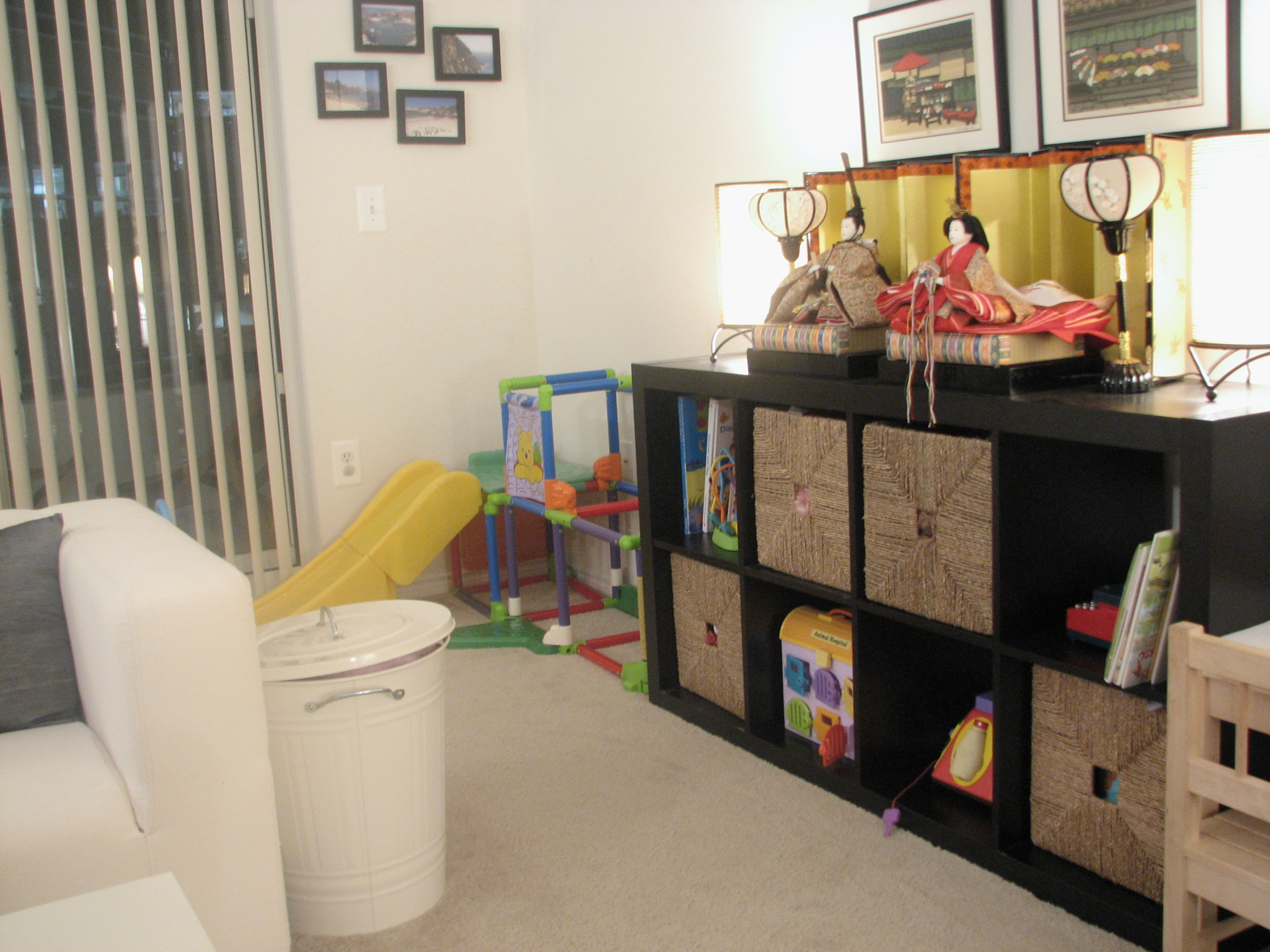 Having a designated play area in your living room can do wonders for your child's development. It provides them with a space to explore and use their imagination freely.
Children are naturally curious and having a play area in the living room allows them to express themselves and tap into their creativity.
They can create their own games, build forts, or play pretend, all within the comfort of your home. This not only keeps them entertained, but also helps them develop important skills such as problem-solving, critical thinking, and social interaction.
Having a designated play area in your living room can do wonders for your child's development. It provides them with a space to explore and use their imagination freely.
Children are naturally curious and having a play area in the living room allows them to express themselves and tap into their creativity.
They can create their own games, build forts, or play pretend, all within the comfort of your home. This not only keeps them entertained, but also helps them develop important skills such as problem-solving, critical thinking, and social interaction.
Promotes Physical Activity
 In today's digital age, it can be a challenge to get kids to be physically active.
Having a play area in the living room makes it easier for children to incorporate physical activity into their daily routine.
They can run, jump, and play without having to leave the house. This not only helps them stay active and healthy, but also burns off their excess energy, making them more calm and focused afterwards.
In today's digital age, it can be a challenge to get kids to be physically active.
Having a play area in the living room makes it easier for children to incorporate physical activity into their daily routine.
They can run, jump, and play without having to leave the house. This not only helps them stay active and healthy, but also burns off their excess energy, making them more calm and focused afterwards.
Creates a Family Bonding Space
 A living room play area is not just beneficial for children, but for the whole family as well.
It provides an opportunity for parents to spend quality time with their children, bonding over playtime activities.
Whether it's building a puzzle together or playing a game of hide-and-seek, the living room play area can be a space where parents and children can connect and create special memories.
A living room play area is not just beneficial for children, but for the whole family as well.
It provides an opportunity for parents to spend quality time with their children, bonding over playtime activities.
Whether it's building a puzzle together or playing a game of hide-and-seek, the living room play area can be a space where parents and children can connect and create special memories.
Maximizes Space and Organization
 Having a designated play area in the living room also helps in keeping the rest of the house organized and clutter-free.
Children tend to leave their toys and belongings all over the house, but with a designated play area, all their toys and activities are confined to one space.
This not only makes it easier to clean up, but also maximizes the use of space in your living room.
In conclusion, having a living room play area in your home can bring numerous benefits for both children and the whole family.
It encourages creativity and imagination, promotes physical activity, creates a space for family bonding, and helps with organization and space management.
So why not incorporate a play area into your living room design and watch your children thrive and grow in a happy and stimulating environment.
Having a designated play area in the living room also helps in keeping the rest of the house organized and clutter-free.
Children tend to leave their toys and belongings all over the house, but with a designated play area, all their toys and activities are confined to one space.
This not only makes it easier to clean up, but also maximizes the use of space in your living room.
In conclusion, having a living room play area in your home can bring numerous benefits for both children and the whole family.
It encourages creativity and imagination, promotes physical activity, creates a space for family bonding, and helps with organization and space management.
So why not incorporate a play area into your living room design and watch your children thrive and grow in a happy and stimulating environment.






